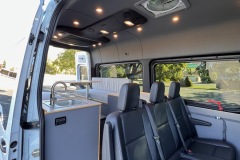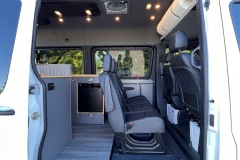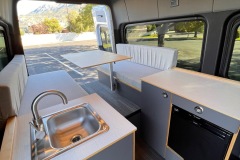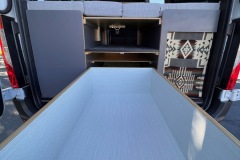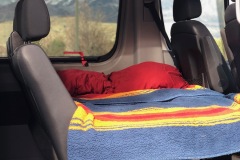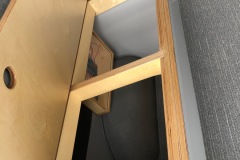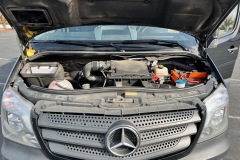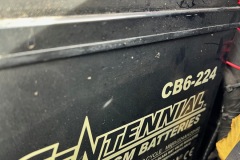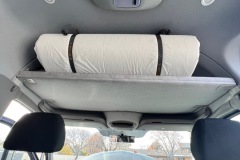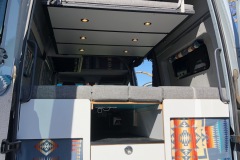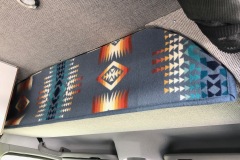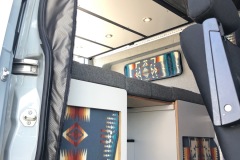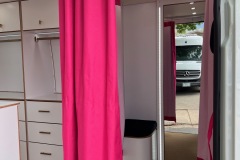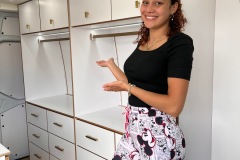Gear. This is a passion of mine. I love to read about, purchase, use, and sell camping gear. It used to be an obsession at one point and Keri has helped me to take a step back and realize that 6 tents and a dozen sleeping bags is too much for a family of 4. In my quest to make sure that I had the right tent for potentially a last minute trip to Everest or a stove that will never blow out in the winds of Patagonia I’ve figured out how to get the highest quality gear at the lowest price possible. Here are some tips to finding great deals on used and new gear.
First you need to decide if used gear works for you. If it does, you can save a whole lot of money. In years past I bought only new gear, until it dawned on me, with Keri’s help, that I’m buying things to use in the dirt, so who cares if it has someone else’s dirt on it. She’s a genius that woman. When you’re starting out I recommend buying used, but if you are looking for more specialized equipment that is not so common new might be the only option.
Camping isn’t for everyone and that’s great news for anyone who does enjoy it. Time and again I’ve bought gear that someone purchased for a trip and only used it for a weekend. People decide it’s not their thing and you can score some amazing deals on like new items. Scour your local craigslist, Facebook Marketplace and eBay.
REI
If you’re not a member of REI, I’d recommend becoming one. They have everything imaginable needed to get outside. By becoming a member you’ll get a 20% coupon for regular priced and outlet items a couple times a year, which is nice. The real benefit to me is access to the member’s only garage sales. Our local store probably has 3-4 a year and you can score some great deals. REI has a generous return policy and everything that has been brought back, but can not be sold as new will be offered to member’s there. Some of the things you will see are super hammered and are not worth your time, but if you know what you’re looking for, amazing deals can be had. Also, sign up for their email list as they have periodic sales in there Outlet where you can get really good deals.
GEARTRADE.COM
One of my favorite websites is geartrade.com. This is a site where people can unload new and used gear. I’ve had over 25 purchases there and gotten some super cheap things. Almost everything I’ve purchased has come from one seller: Backcountry. That’s right, Backcountry.com. They have an account and post new items every weekday. Because Backcountry has a return policy similar to REI they receive all sorts of returns. Some returns get listed on their eBay page and some on their Geartrade account. I’ve bought Western Mountaineering sleeping bags that never go sale for 40% off because they were missing tags or a MSR tent 50% off because it didn’t have stakes. Another cool thing is that Backcountry offers free shipping. They also list a lot of apparel and shoes. When looking for things this is the first place I go.
LOCAL THRIFT STORES
A great place for outdoor clothing and gear is your local thrift stores. I can usually find an old Coleman stove, dishes, silverware, and a Nalgene water bottle without breaking a sweat. There are tons of treasure to be found in the clothing areas as well. Keri likes to hike in Patagonia tights and they run like $80, but she has thrift store tights that work just as well for $5. Synthetic hiking shirts can be expensive, but a shirt from some random marathon you didn’t run will suffice for $3 bucks. Getting kids clothes for camping here is a great idea because you know they don’t think twice about sliding down that rocky hill on their butt or playing in the mud and getting covered. You’ll feel a lot better about it when you know those shorts were $3 and the shirt was $2. Another tip is to get a cheap fleece for sitting around the fire. I’ve burnt a few holes in expensive jackets from flying embers and it really bummed me out. I don’t feel too bad about a thrift store jacket getting singed.
PURCHASE USED ITEMS
One of my favorite tips for used gear is not be afraid to buy a tent that might have a hole in the rain fly and a broken pole or a sleeping pad that has a small hole in it. These things will happen anyway as you start to use them more. By learning how to repair things you’ll be ready when it occurs again in the future. Down jackets are expensive and they tend to be somewhat fragile. It’s easy to get a rip or tear and many people don’t know how or don’t want to learn how to fix them and will list them cheaply on eBay or donate them to goodwill. There are a lot of videos on youtube that will outline how to fix anything. It’s really not that hard and the savings can be intense. By doing this you’ll save some things from the landfill and that feels good.
When it comes to buying new gear at a discount I like to look at a few different websites:
Steepandcheap.com – They have a lot of last season and discontinued styles. 30-50% off retail is the norm.
Sierratradingpost.com – Similar to Steepandcheap as they also have a lot of last season and discontinued styles. 30-50% off retail is the norm.
TheClymb.com – They have sales on featured brands for a week or two and then another brand will be featured. 30-70% off retail.
REI-Outlet.com – Some deals can be had on all sorts of outdoor gear. They also have daily deals.
Amazon.com – They have everything that is offered at all of these other websites and more. One thing that they offer is cheap chinese knockoffs of high end gear. You can get a backpacking chair at REI for $100 or an exact replica by some unheard of brand for $40. They have a chinese knockoff of every piece of gear you could imagine. The quality might not be the same so be cautious and read the reviews carefully.
I’ve seen some decent deals on things at Costco like coolers and trekking poles. If you see it in store, buy it. They change their inventory constantly and it might not be there next time. They also have gear on their website.
OUTDOOR RETAILERS
Lastly, if you happen to work in the outdoor industry or have a job that requires you spend a lot of time in the outdoors you might be able to qualify for special discounts from different manufacturers. Check out expertvoice.com and outdoorprolink.com to see if you qualify.
I’m sure I missed some great places to get gear, so don’t be afraid to reach out and let me know some of your favorites places to shop and tips to save some cash.
-SCOTT
RECENT POSTS:











